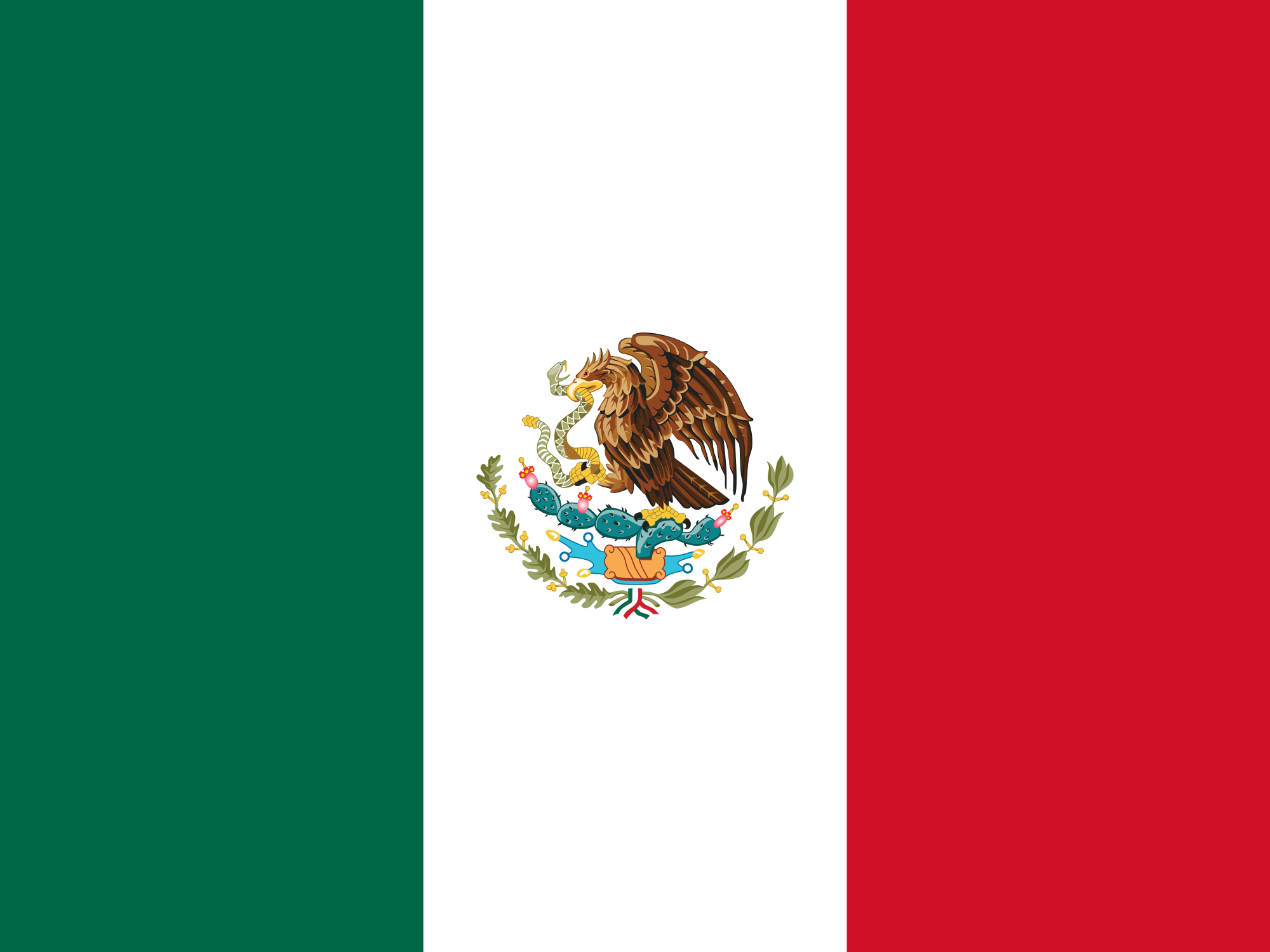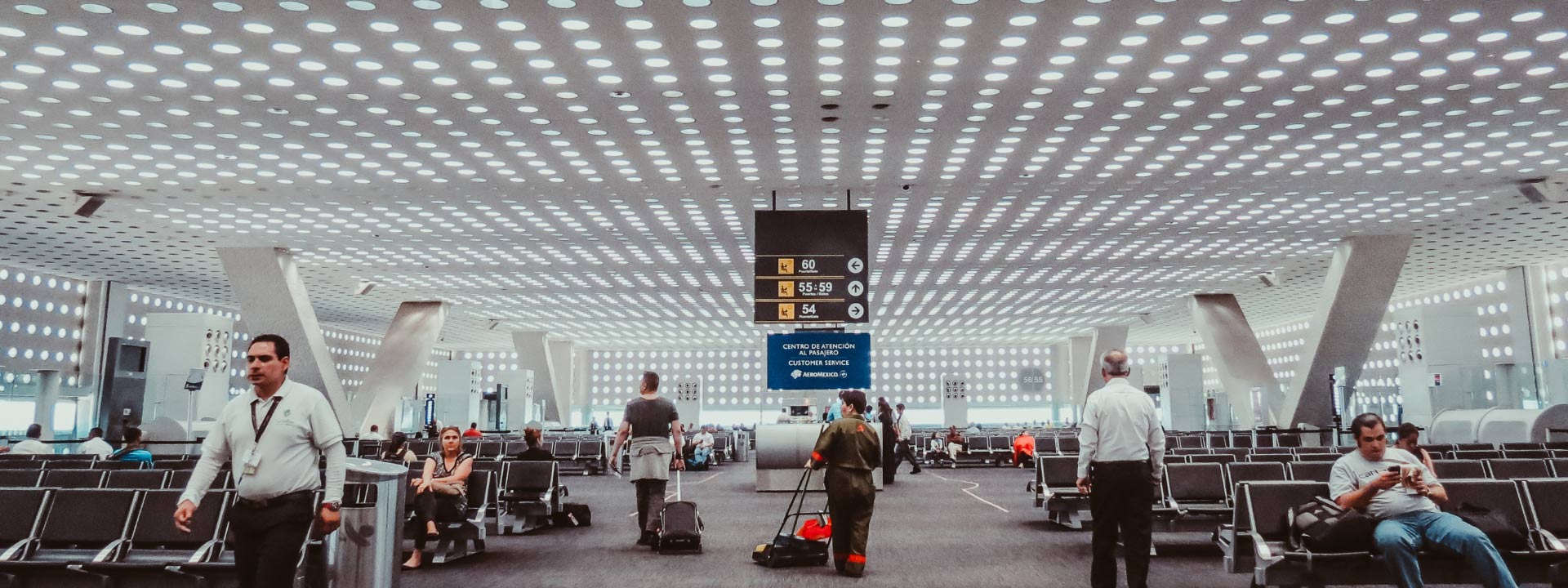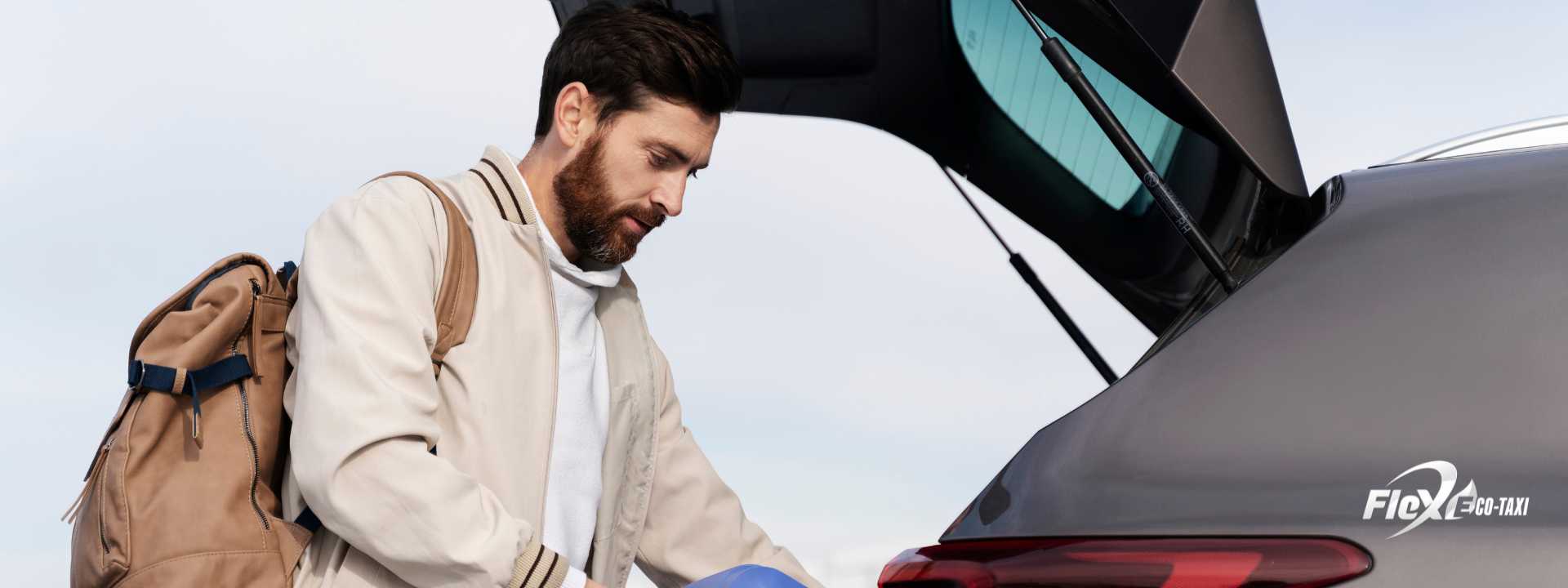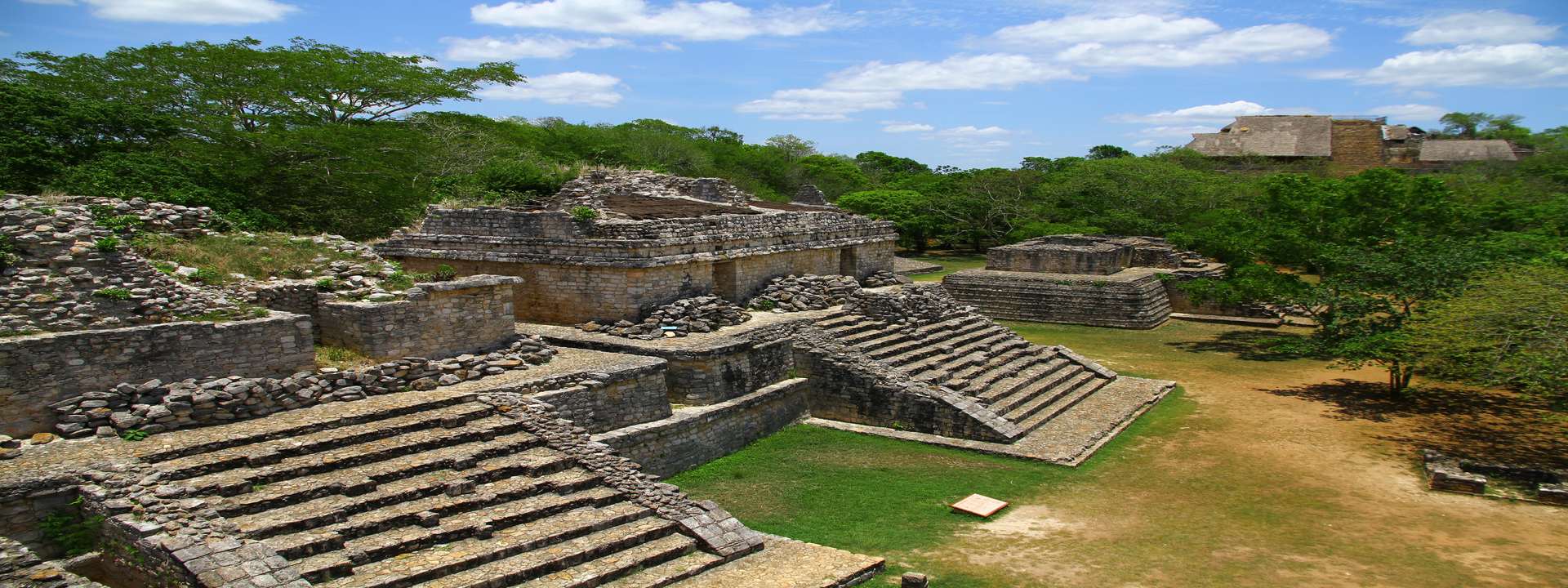With the inauguration of the Felipe Ángeles International Airport (AIFA), the arrival dynamics to Mexico City (CDMX) have changed. Although many travelers still arrive at the Mexico City International Airport (AICM), AIFA has become a modern, less crowded alternative with top-notch facilities. However, one of the main concerns when landing at AIFA is: how do you get quickly and comfortably to the heart of CDMX?
Here’s a clear and updated guide to the transportation options that will take you from AIFA to key areas of the capital without wasting any time. Whether you’re traveling for business or leisure, you’ll find the ideal choice for your needs here.
1. AIFA and Its Strategic Location
AIFA is located in Zumpango, State of Mexico, about 45 km from Mexico City’s historic center. While the distance may seem significant, road connections and new transport services make getting to CDMX easier than many think.
The key is choosing the right mode of transport for your itinerary and budget.
2. Private Transport or Ride-Hailing Apps: Door-to-Door Comfort
One of the most comfortable and direct ways to travel from AIFA to CDMX is through apps like Uber, Didi, or Cabify. You can also book a private transfer service like Flex Eco Taxi, especially if you’re traveling with lots of luggage or in a group.
Pros:
- Comfort and privacy.
- You can request the ride as soon as you land or schedule it in advance.
- Ideal if you’re heading to a specific address or an area not well connected by public transport.
Cons:
- Higher cost compared to other options, especially during peak hours.
- Travel time may vary significantly due to traffic.
Estimated travel time: Between 45 minutes to 1.5 hours, depending on traffic and destination.
Average cost: Between $400 and $800 MXN, depending on distance and demand.
3. Direct Buses from AIFA
A convenient and affordable alternative is the direct bus service from the airport terminal. Companies like ETN, Caminante, and ADO offer routes to important parts of CDMX such as:
- Northern Bus Terminal
- Observatorio Bus Terminal
- TAPO Bus Terminal
- Auditorio Nacional (at selected times)
- Mundo E or Santa Fe (specific services)Pros:
- Affordable prices.
- Frequent departures.
- Comfortable and modern buses.Cons:
- You’ll need an additional ride to reach your final destination.
- Fixed schedules, not as flexible as private transport.
Estimated travel time: 60–90 minutes.
Average cost: $100 to $150 MXN.
4. Combined Public Transport: For Adventurous or Frequent Travelers
If you’re familiar with the city or looking to save as much money as possible, you can combine several public transport options. For example:
- Step 1: Take the Mexibús Line 1 from AIFA to Ciudad Azteca (connects to the Metro).
- Step 2: From Ciudad Azteca, take Metro Line B toward Buenavista.
- Step 3: From there, connect with other Metro lines or use the Metrobús to reach more central zones.
Pros:
- The most budget-friendly option.
- Reliable if there are no technical issues or delays.
Cons:
- Requires transfers.
- Not recommended with lots of luggage, small children, or during late hours.
Estimated travel time: 1.5 to 2 hours.
Average cost: $20 MXN or less.
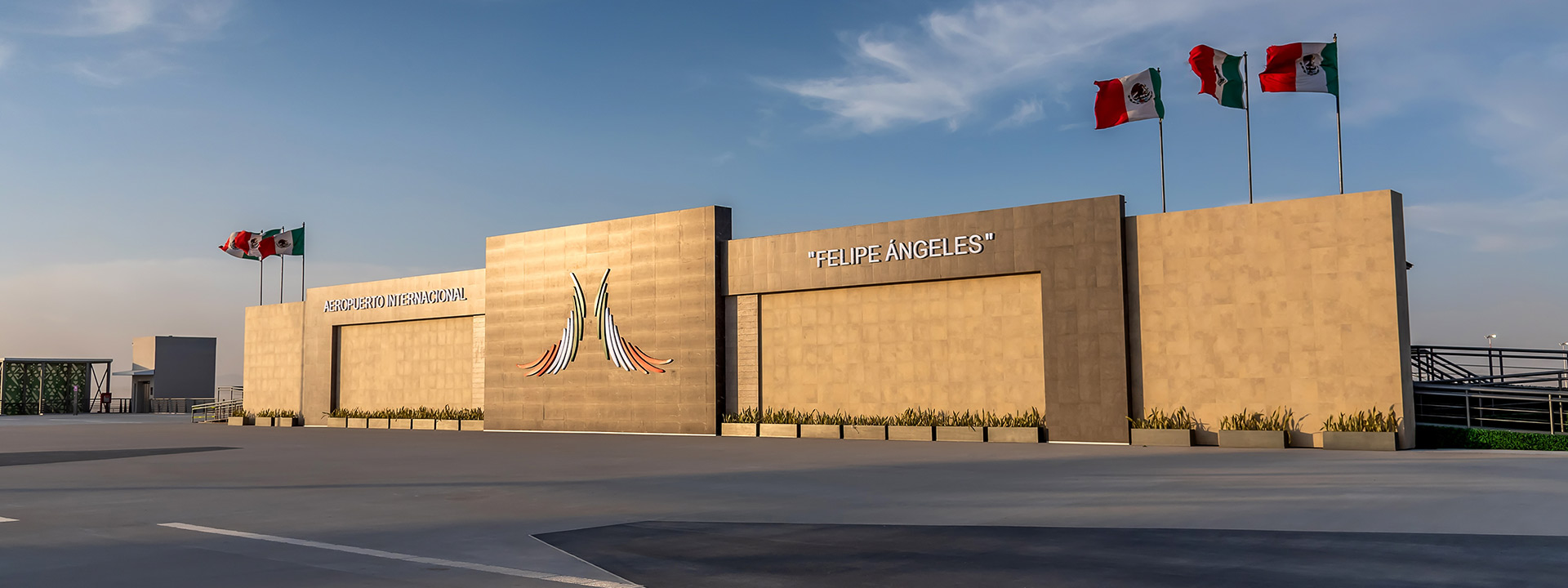
5. Recommended Routes Based on Your Destination in CDMX
If you’re heading to the Historic Center:
- Private transport is comfortable, but traffic may be heavy.
- Bus to Northern Terminal + Metro Line 5 (Politécnico – Pantitlán) + transfer to Line 2 (Blue Line).
- Estimated time: 60–90 min.
If you’re going to Santa Fe:
- Direct bus (specific times) or private transport.
- Alternatively, reach Observatorio and take a taxi or Uber from there.
- Estimated time: 1.5 hours.
If you’re staying in Polanco or Reforma:
- Uber or taxi is ideal.
- Bus to Auditorio Nacional is a great option if available.
- Estimated time: 1 hour.
If you’re heading south (Coyoacán, Tlalpan, UNAM):
- Private transfer is the fastest.
- Alternatively, take a bus to TAPO or Observatorio and then the Metro.
- Estimated time: 1.5 to 2 hours.
6. What’s the Best Option for You?
It all depends on your budget, arrival time, number of people, and travel preferences:
Traveler Profile | Ideal Option |
Business traveler | Private transport or Uber |
Backpacker | Combined public transport |
Family with children | Direct bus or private transfer (Flex Eco Taxi) |
Weekend getaway traveler | Uber or private service |
Long stay in the city | Mix of bus and metro |
7. Time-Saving Tips When Leaving AIFA
- Book in advance if you’re using private transport.
- Check Google Maps or Waze for real-time traffic updates.
- Avoid rush hours: 6:30–9:00 AM and 5:30–7:30 PM can double your travel time.
- Ask for route suggestions at the airport’s info desk — staff often provide great tips.
- Carry cash if you’ll use public transport, as not all services accept cards.
8. AIFA: A Functional Option for Travelers?
Despite early criticism due to its location, AIFA has steadily improved its connectivity. While it still lacks some of the options that AICM has, it stands out for:
- Less congestion in domestic flights.
- Faster check-in and security processes.
- Clean and modern facilities.
With proper planning, getting to CDMX from AIFA is not only possible — it’s practical and comfortable.
Conclusion
Getting from AIFA to Mexico City might seem challenging at first, but with the right information, you can make the trip smoothly and efficiently. Whether you prefer the convenience of private transport like Flex Eco Taxi, the affordability of buses, or the ultimate savings of public transport, there’s an option for every kind of traveler.
The key is to plan your route, anticipate your needs, and choose based on your destination within CDMX. Because yes — from AIFA, you can reach the city quickly, safely, and hassle-free, as long as you know how to move.

